- Shadow Empire: a 4X where professionals talk logistics
- Shadow Empire interview, with Victor Reijkersz
- Let’s Play Shadow Empire: Oceania! Part 1: The Rise of Avalon
- Let’s Play Shadow Empire: Oceania — Part 2: War of the Machines
Shadow Empire is one of the most interesting & unique strategy games I’ve played in the last few years. It’s the brainchild of one designer, Victor Reijkersz. Below, I am very pleased to present my interview with Vic. Read on for his thoughts on indie game development, simulation, and what he’s working on:
Hi, Vic, and welcome to the site.
Shadow Empire is a science fiction 4X game, whereas your previous titles were historical wargames. Can you tell us more about the origins of this project? What were some of your inspirations?
In fact that is not completely true. My first game was People’s Tactics and it was followed by two Advanced Tactics game. These games were all procedural hex&counter wargames. In many ways Shadow Empire is a mix between the things I learned (to be fun) in my recent historical Decisive Campaigns series and my earlier Advanced Tactics games. So though not sure on the inspiration question, my aim from the start was really to make a game that feels historical, but is in fact largely procedural in nature.
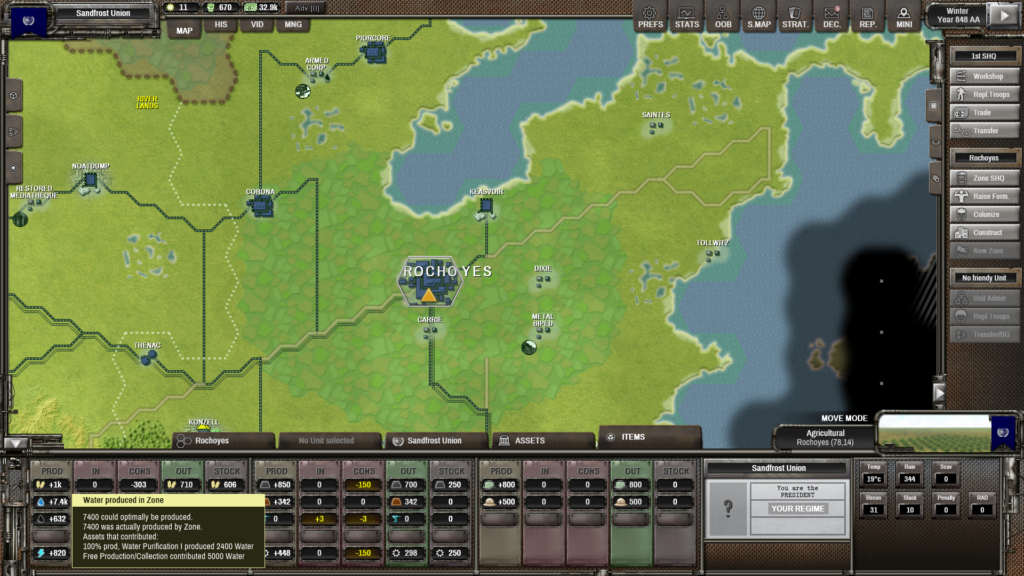
Shadow Empire is one of the most unique games I’ve ever played. It combines empire building, a wargame logistics system (which is also used to transport resources in the civilian economy), internal politics & personnel management, “hard science fiction” world generation, and more.
I’m really curious about this mix of features. What made you decide to include them, and what were some of the challenges behind getting them in the game?
What made me include all those? A little bit of hubris and a lot of bad planning and way more imagination than time. Yes… I was way too ambitious designing Shadow Empire. In the end I have to say it is a small miracle I managed to finish so much of my original plans. It took years longer to finish the game than planned, almost gave me a burn-out, but in the end I managed to properly interconnect and fine tune the dozens of features and launch a truly unique game.
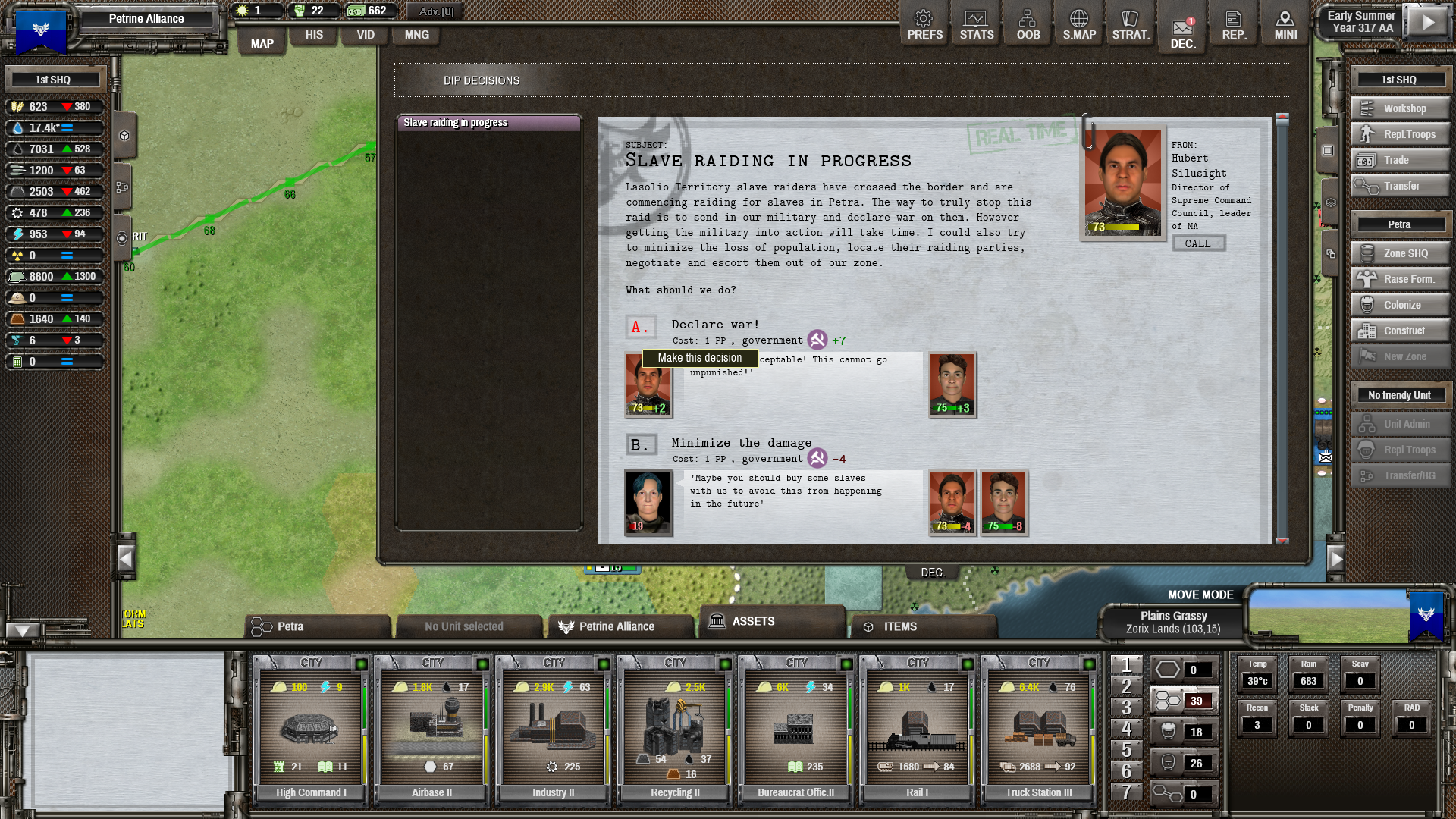
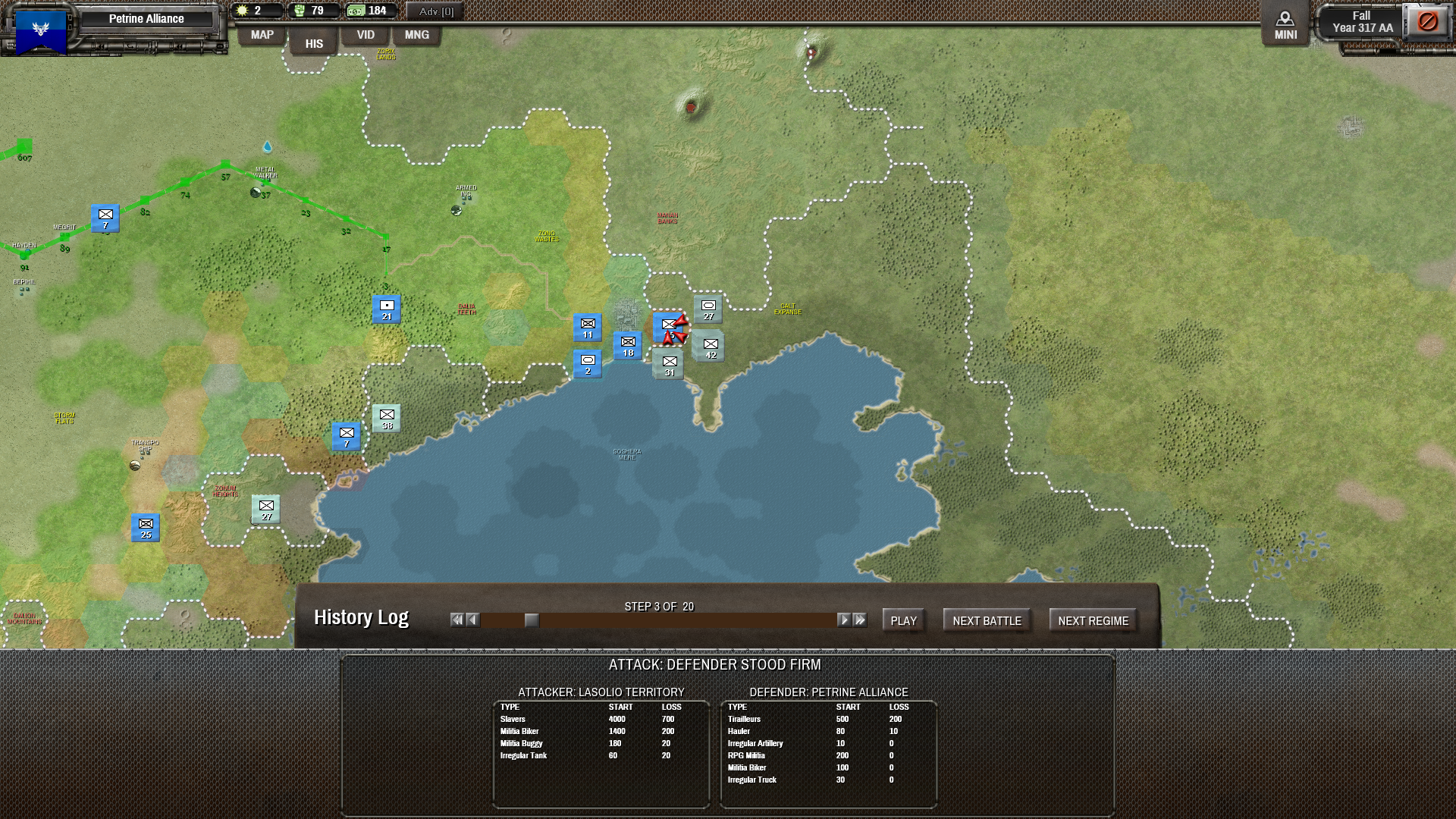
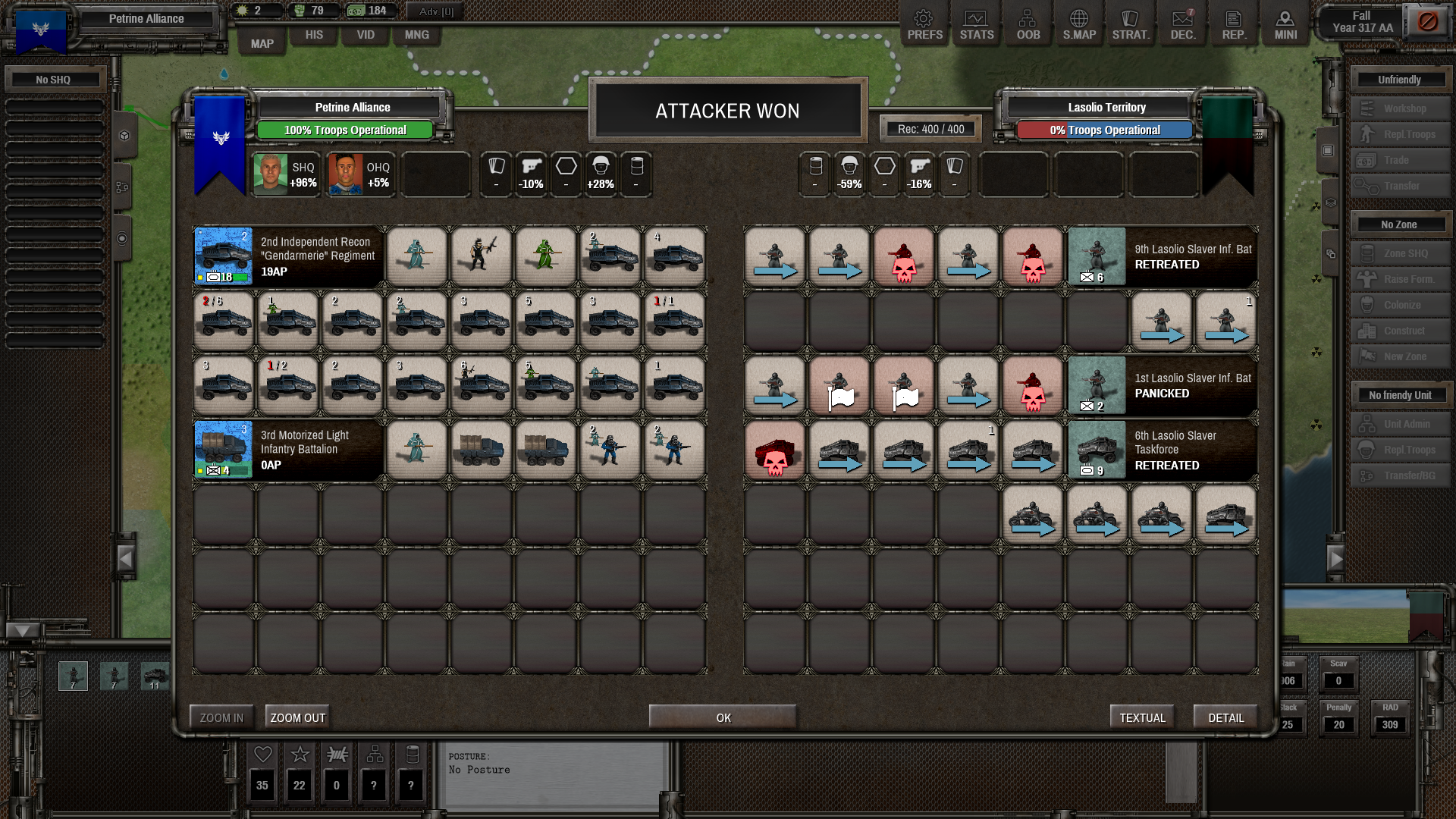
Can you tell us anything about your design process, as the solo developer behind a large, ambitious game?
See Q above.
Congratulations on pulling it together – I really liked the final product.
What would be your advice for other indie developers?
Be very aware of the enormity of the competition! You are not only competing with the other 300 games released each week, but also with the back catalogue of over a 100.000 games already released in the recent past. You must be a good judge of your own strengths and weaknesses. As I see it you have only three options… (1) make sure you’ll be lucky… or (2) be a total genius with design and/or graphics… or (3) find a niche where there is demand but less competition. Option 3 is where I put my money (time). Keep in mind that niche’s are not static things and you can create new niche’s as well.
Shadow Empire goes to a lot of scientific detail, and this affects the player’s strategy — e.g. needing to secure fresh water in drier climates, or not having access to fossil fuels on worlds without a biosphere. Can you tell us more about your approach to science & simulation?
I have always wanted Shadow Empire to at least feel as a simulation. Partly because that way the game world will feel more real to the player (and thus be more immersive) and partly because I just love modelling interesting things as planetary genesis, evolution, history, warfare, etc… I have always felt it is okay if in the end Shadow Empire is of course not really a scientific simulation… The important thing has always been making enough of an effort to move it in that direction.
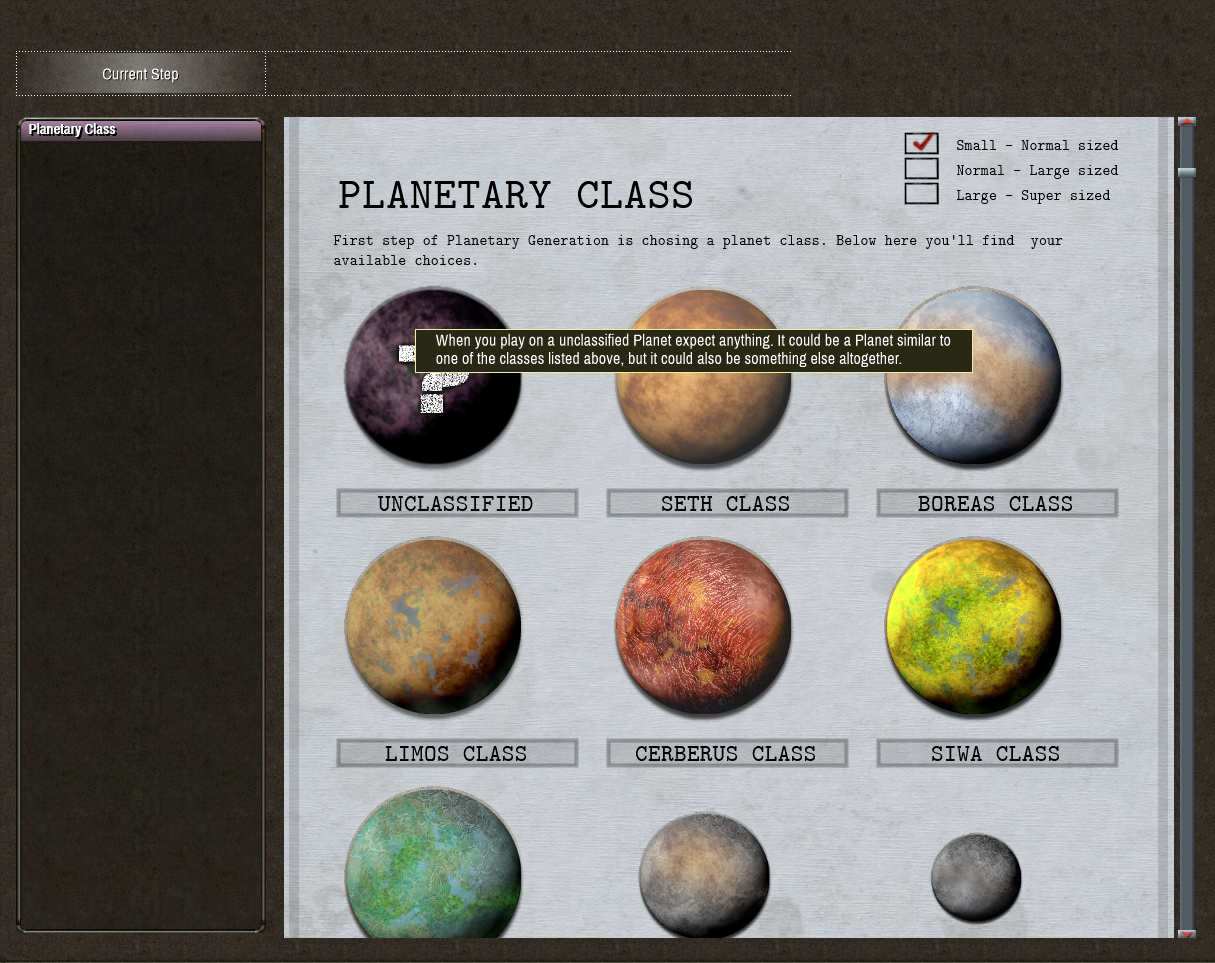
Yes, I thought Shadow Empire was an example of how to do simulationism “right” – if something makes sense in real life it’s probably a good idea in the game, and vice versa. That helped my learning curve as I could apply real-world logic to game situations (e.g. don’t order infantry to charge machine guns).
One thing that impressed me was how differently the game plays based on different map settings & game options. My first game (on a high-population Siwa world) saw huge armies of tanks and infantry clashing across an entire continent. It was completely different playing a co-op game on a Medusa world with 600,000 people, where the main challenges were the alien wildlife and trying to build an industrial base with a limited population.
Do you have a favourite or recommended set of game options (e.g. best for beginners, most interesting simulation, or just one you like to play)?
My favourite it is the “Unclassified Planet”. Mostly because it is the only method of Planet creation that doesn’t push or force the algorithm in any particular direction. So using this class gives the most realistic results imho. Playing it with full fog of war on it also really drops you in the complete unknown.
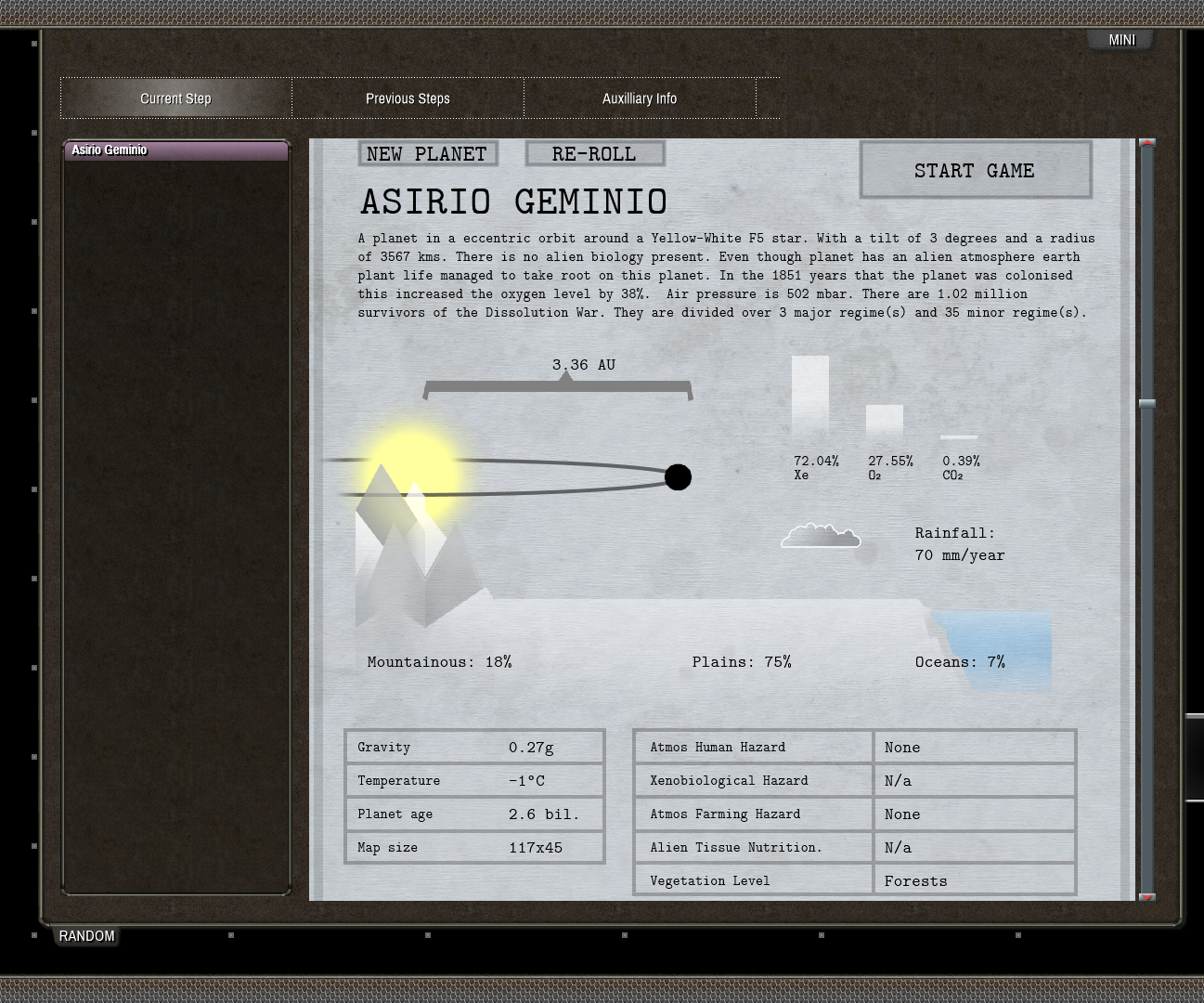
Do you have a favourite feature of the game, or favourite in-game story you’d like to share with us?
I think the feature I have really enjoyed the most is the “Alien Critter” one. The sheer scope of different Planets you could find yourself on is already large, but the procedural created on-map animal life really brought it further to life imho. There are over 120 different critter graphics used, each in different colorations and sizes. Some lifeforms can even reach a level of civilisation and “minor Regime” status and thus be bargained with.
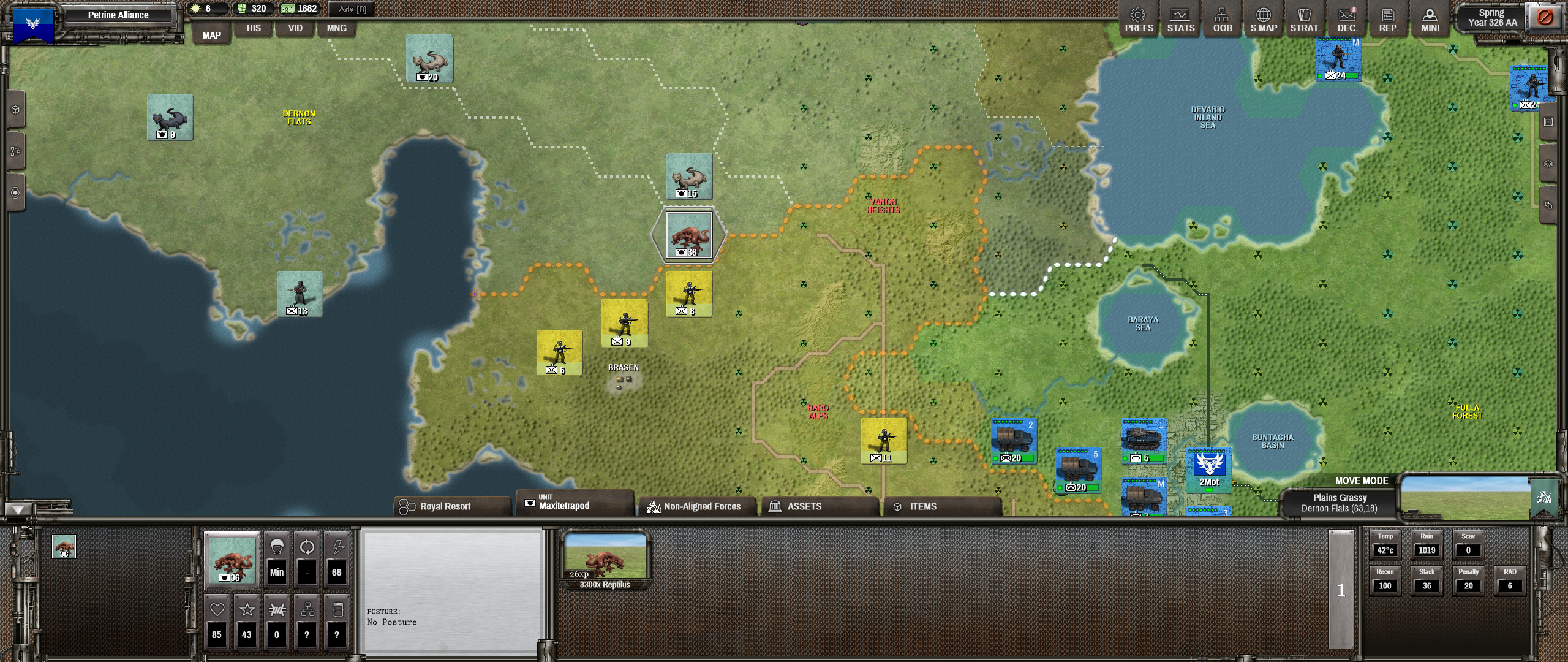
Yes, the alien critters are one of the most memorable features of the game. I’ve seen some that needed tanks and anti-tank weaponry to defeat!
Another feature that stood out to me was logistics (and the way it’s used for civilian resource management as well). It’s critical for both the military and the civilian parts of the game. Early on, the need to build infrastructure limits development, and as the player expands, the road/rail network needs to be extended to connect new territory to the rest of the empire.
It also makes frontier wars against minors & alien critters feel very different from wars against another major empire. On the frontier, where infrastructure was limited, I fielded small forces of buggies and motorised infantry, unlike the large conventional armies I deployed along my borders with other empires.
Finally, it’s one of the features that made Shadow Empire feel so unique – I can only think of a handful of other 4X games with comparable civilian logistics (Frog City & SSI’s Imperialism games in the 1990s).
I’m really interested in your thinking behind logistics. What was your design intent, and what gave you the idea to use it in the civilian economy as well? Did it grow out of your previous games? And did you originally intend all the cool ways in which it affects the player’s strategy, or did they emerge during development?
There has been quite some iterative design, especially with the logistics. The Private Economy has been something I planned from the beginning. Primarily it’s there for the same reason as the Militia’s… It allows the player’s empire to grow without doing a thing. The philosophy here was that it would help learning the game if some parts (economy, recruitment) could be optionally neglected by the player.

How have you found the reception of Shadow Empire after it released?
I’ve seen the game spread through word of mouth, reviews, streamers & Youtubers – it looks to have found a fan base amongst the 4X community.
In many ways Shadow Empire is a wargame-turned-4X and I am happy that I have managed to reach a wider audience with it than with my Decisive Campaigns series. That being said it’s also a hell of a lot of work compared to ww2 simulations :)
What are your future plans for Shadow Empire? You’ve previously mentioned oceans being the next major feature planned for the game.
I still have a lot of plans for Shadow Empire and am still slowly coding and designing away on a number of topics. Not at the initial breakneck speed as I have some other titles to develop as well, but I am not planning to stop development. I feel Shadow Empire deserves more polish and even more immersion where possible.
A lot of people have criticised Shadow Empire’s graphics, saying they look like they come straight from the 1990s. Well if this is so the advantage for me is that Shadow Empire will age quite well… because lets be honest does it really matter if the graphics look 25 years old or 30 years old?
At the moment I am indeed working on opening up Ocean Planets to the player. I love these Ocean Planets I am currently seeing generated on my development build. Islands, large seas, more wet climates… it all brings something vibrant to me. Hope I will have something to share on the open beta in at most a few months.
That sounds great – I’m looking forward to playing on an ocean planet.
Do you have any final thoughts for the readers?
Thank you for your time! And have a nice day today!
Shadow Empire is available for PC on Steam, GoG, direct from the publisher, and on other storefronts.
Enjoying the site? Subscribe via email below.

2 thoughts on “Shadow Empire interview, with Victor Reijkersz”